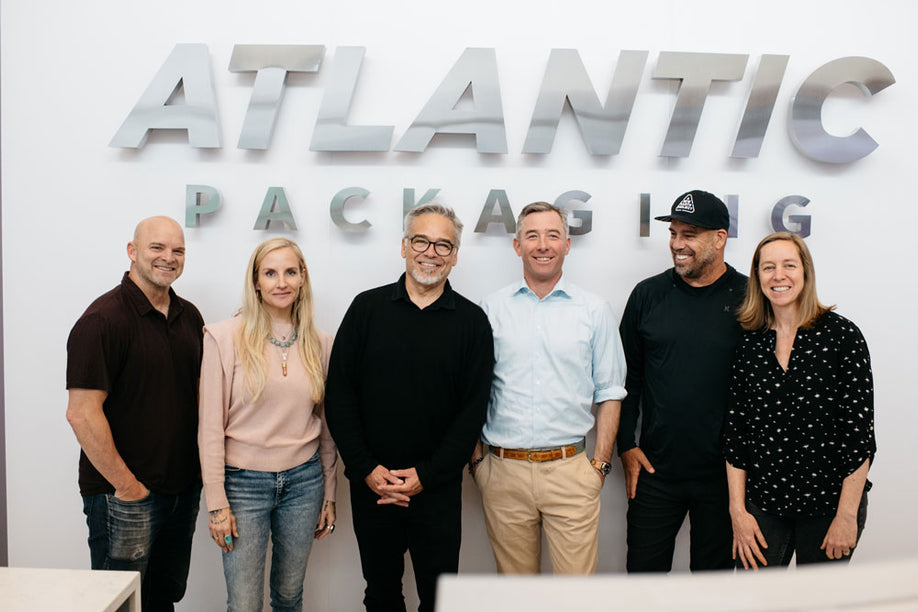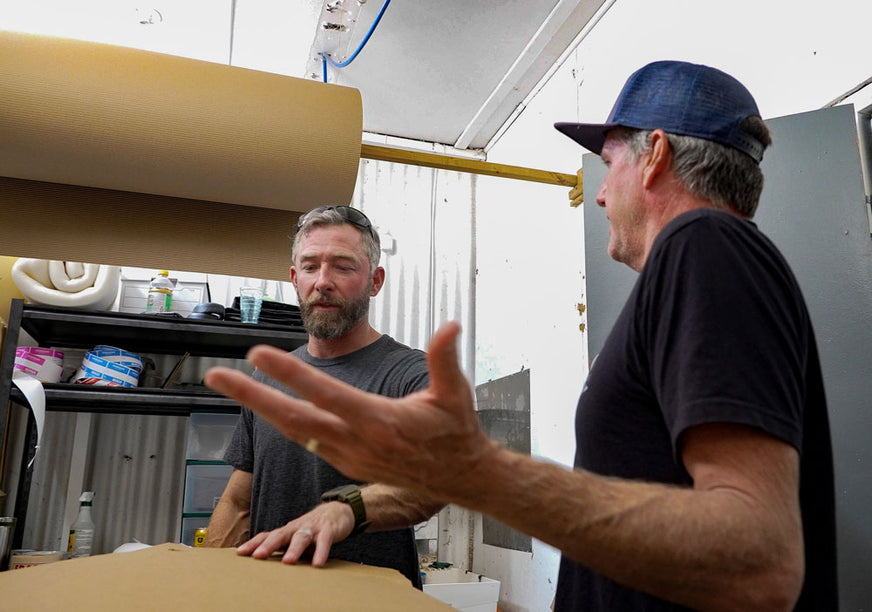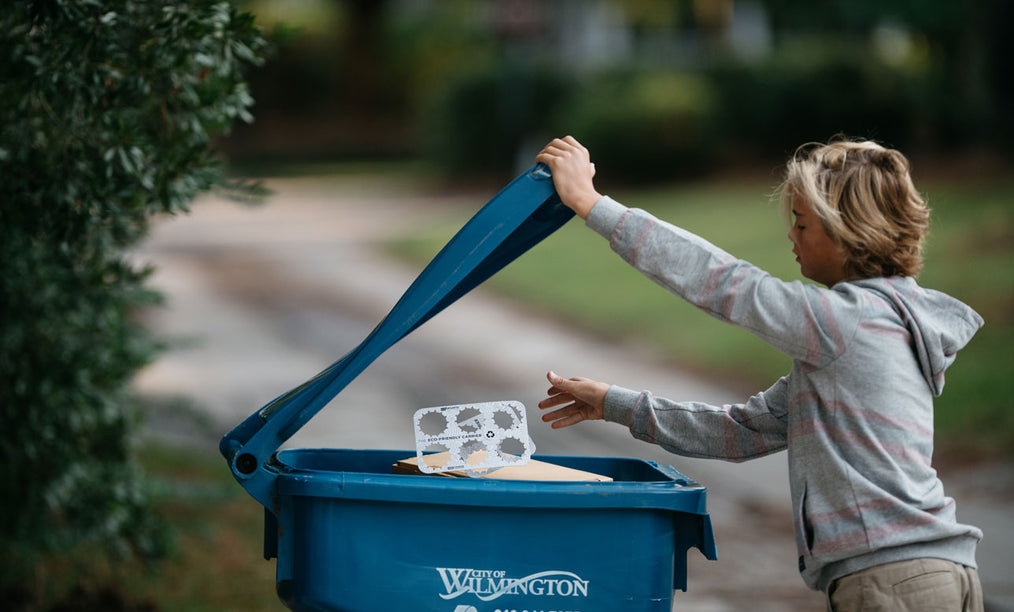California's Plastic Pollution Reduction and Producer Responsibility Act (SB-54) means big changes are coming for anyone doing business in the Golden State in the years ahead.
By 2032, when this historic bill is fully phased in, any packaging that isn't reusable, recyclable, or compostable will face significant fees.
Listen to the full story or scroll down to continue reading:
1.) Focus first on Source Reduction
California isn't the only state taking action with Extended Producer Responsibility (EPR). Colorado, Maine, and Oregon have all passed similar bills, and even more states are in the process of following suit. Although each state's legislation has its nuances, they all have a shared goal: incentivizing producers to reduce their overall material consumption. When it comes to sustainability, the mantra of "use less" always rings true. By prioritizing material reduction, you can reap the rewards of these exciting EPR initiatives.
2.) Next on Recyclability or Compostability
After narrowing down your material selection, it's important to ensure that what you're still using can be easily managed by waste haulers, material recovery centers, and recyclers. This approach benefits not only you, but also the environment, as it contributes to a sustainable material stream. An additional note: California is blazing a trail with a new recyclable labeling law (SB-343), which clearly defines what is and isn't recyclable. Come January 1, 2025, to qualify as recyclable in California, at least 60% of municipalities must collect the material. Once SB-54 kicks into gear, all waste haulers across the state will be required to collect any material that meets that 60% threshold, thus establishing uniformity across the state that doesn't exist now. Keep in mind that there is a distinction between backyard compostable and industrial compostable materials, with the former likely to receive greater incentives.
3.) Keep Your Receipts to Document Your Progress
Last but not least, we cannot emphasize this enough: document, document, document! Whether you're making changes to your products and packaging due to customer demand or out of a sense of responsibility, it's vital to receive recognition for your efforts when these bills come into play. Meeting reduction targets is a significant factor in keeping your fees low, so don't underestimate the value of tracking your progress. To establish a baseline, take stock of your material usage in 2020, particularly on a per-product SKU basis. Remember, it's all in the details, so hold onto those receipts!
More About SB-54, The Plastic Pollution Reduction and Producer Responsibility Act
By setting ambitious new material standards for packaging, California hopes to have a dramatic impact on the global plastic pollution problem. After all, brands selling into California (the world's fourth largest economy) are more likely to utilize the same packaging everywhere else they sell.
To implement this transition brands will be incentivized to use materials that are easier for waste haulers, material recovery centers, and recyclers to manage, while moving brands away from problematic plastics (especially in the single-use category) that simply aren't viable to recycle.
To stay on top of all the developments related to SB-54 and EPR legislation across the country and world, sign up for our newsletter, as we'll be keeping tabs on all of it.








